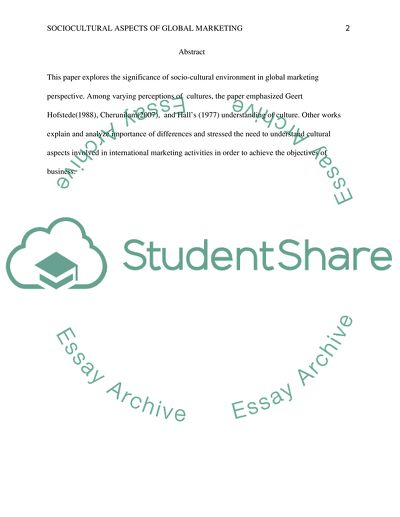Cite this document
(Global Marketing Coursework Example | Topics and Well Written Essays - 1750 words, n.d.)
Global Marketing Coursework Example | Topics and Well Written Essays - 1750 words. https://studentshare.org/marketing/1564606-global-marketing
Global Marketing Coursework Example | Topics and Well Written Essays - 1750 words. https://studentshare.org/marketing/1564606-global-marketing
(Global Marketing Coursework Example | Topics and Well Written Essays - 1750 Words)
Global Marketing Coursework Example | Topics and Well Written Essays - 1750 Words. https://studentshare.org/marketing/1564606-global-marketing.
Global Marketing Coursework Example | Topics and Well Written Essays - 1750 Words. https://studentshare.org/marketing/1564606-global-marketing.
“Global Marketing Coursework Example | Topics and Well Written Essays - 1750 Words”. https://studentshare.org/marketing/1564606-global-marketing.


